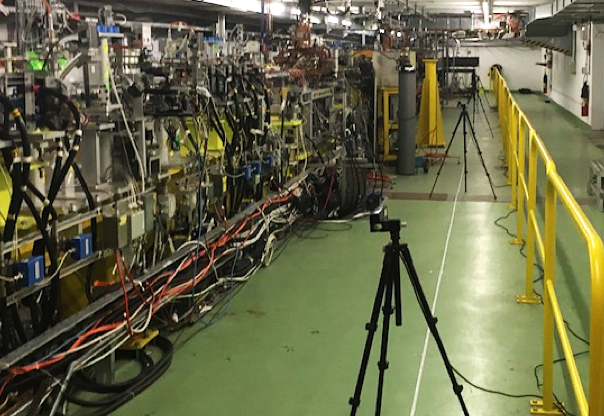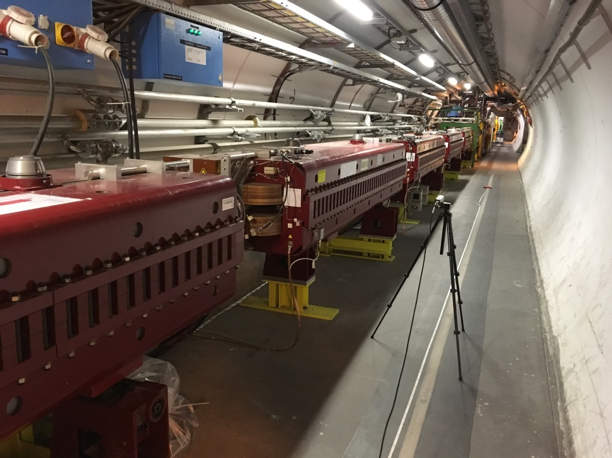Third year John Adams PhD student Chetan Gohil has spent the last two years at CERN, working on a measurement campaign to characterise stray magnetic fields. Here Chetan explains why these measurements are so important:
At CERN, the Compact Linear Collider (CLIC) is regarded as one of the two main options for a project after the Large Hadron Collider (LHC) and its upgrades. This accelerator will collide beams of nanometre size to meet the luminosity goal for the physics experiments. The beam quality can be affected by extremely small variations of the magnetic fields in the accelerator. Variations at the level of nanotesla, which is comparable to the level of variations observed in the Earth’s magnetic field, can lead to significant performance loss.
Over the last two years a measurement campaign has been initiated to characterise the stray magnetic fields that could be experienced by a CLIC beam. Cutting-edge magnetic field sensors are used to measure stray fields to the nanotesla level. Prior to this work, measurements to this precision were not typically performed at CERN.
Measurements are performed at various accelerator facilities at CERN. Recently measurements were taken at the CERN Linear Electron Accelerator for Research (CLEAR) facility:

And at Point 5 in the LHC, near the CMS detector:
